Articles
-
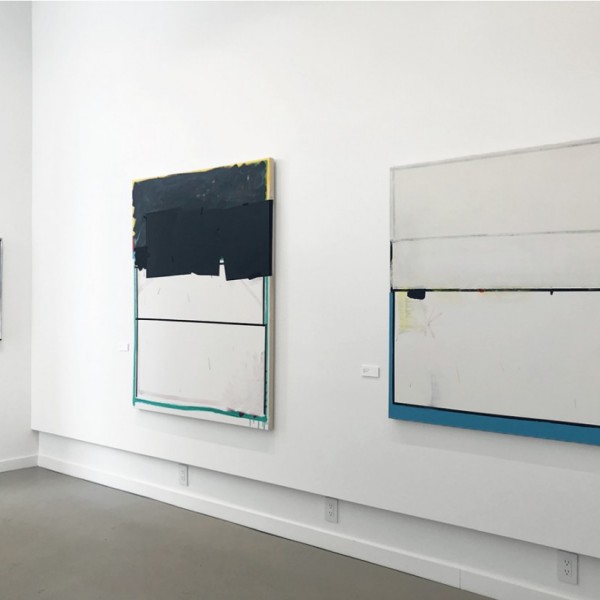
Matt Schust
You’d be forgiven for wanting to dig your fingernail under the masking tape stuck to the surface of a Matt Schust painting, but you wouldn’t have much luck peeling it off. The trompe l’oeil is effective and not something expected in what is ostensibly dyed-in-the-wool abstraction. The commitment to the pictorial space of abstract painting is, ironically, what saves these representational tricks from being a banal gimmick. It’s an irony made credible, perhaps, by earnestness.
-

“Our Happy Life: Architecture and Well-Being”
Is happiness a fiction? Reflecting on “Our Happy Life: Architecture and Well-Being in the Age of Emotional Capitalism,” an important new exhibition at the Canadian Centre for Architecture, we might be inclined to think so, even if the exhibition is one allegedly in pursuit of that most august of ghosts.
-
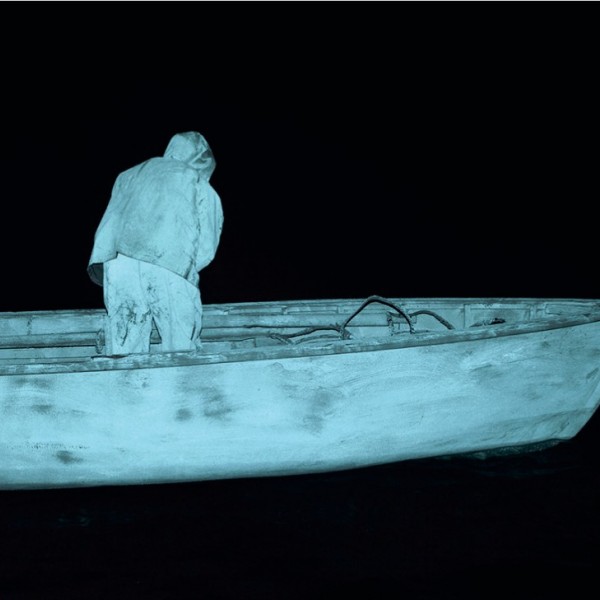
Will Gill
In a photograph titled Open Ocean, an older man, a woman and a teenager row a punt filled with belongings through a dark night. The vessel, their clothing, bags and a large wood-framed mirror all reflect a rich orange glow that catches the surface of the black water around them. Even the end of the paddle is luminous through the waves. This is the first in a series of photographs that forms a narrative spine for Will Gill’s new exhibition, “From the Lion’s Den.”
-
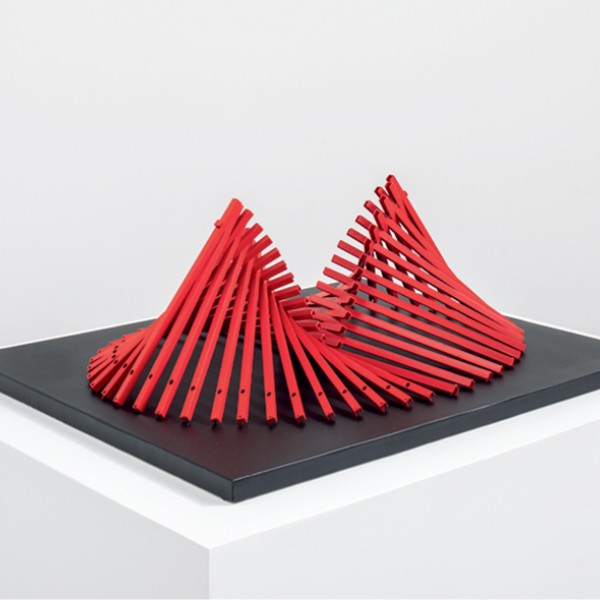
Helen Escobedo
Talent-spotted at 16 years of age, in Mexico City, by John Skipping, a visiting Royal College of Art sculpture professor, Helen Escobedo enrolled at the college the following year, 1951. She stayed in Europe for four years, primarily at the RCA Sculpture School, then led by Frank Dobson and staffed by, among others, Henry Moore, Jacob Epstein and Ossip Zadkine.
-
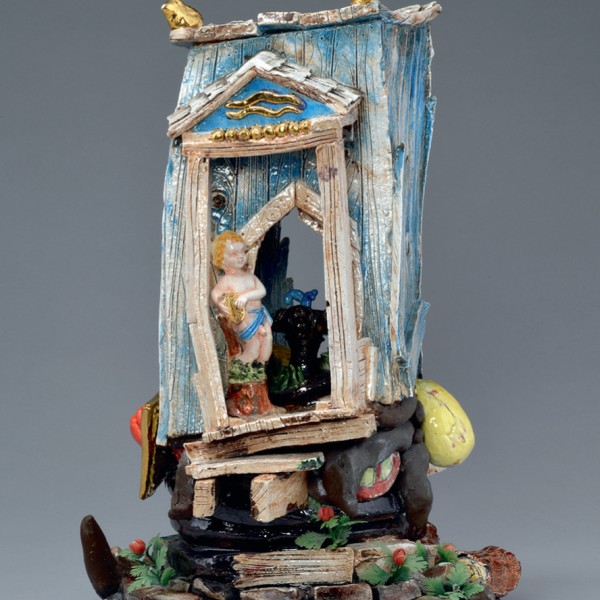
Vic Cicansky
What is a gardener’s universe? Are its constellations made up of clustered globes of tomatoes and eggplants? Do black holes of compost suck up the sun’s radiant energy and all manner of decomposing plant matter, concentrating it in their loamy depths?
-
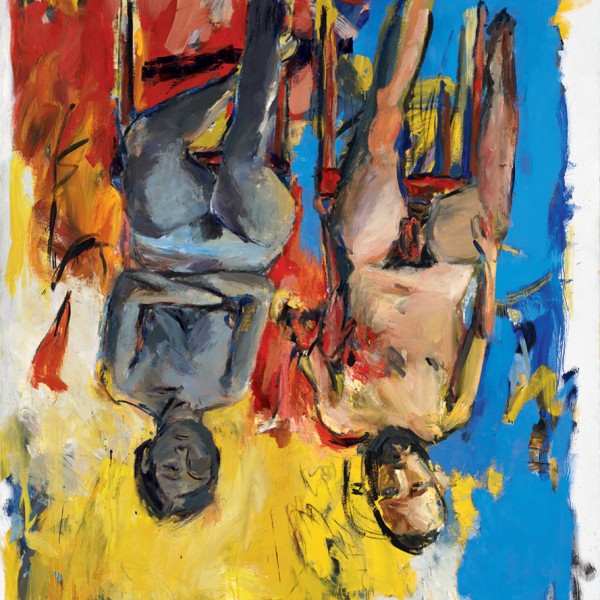
Georg Baselitz
Two years ago the Gallerie dell’Accademia initiated a program—coinciding with each Venice Biennale—of showing modern art in its newly refurbished ground floor spaces. The idea is to examine the influence of traditional techniques on current practices. First came a widely acclaimed Philip Guston show, now Georg Baselitz follows.
-
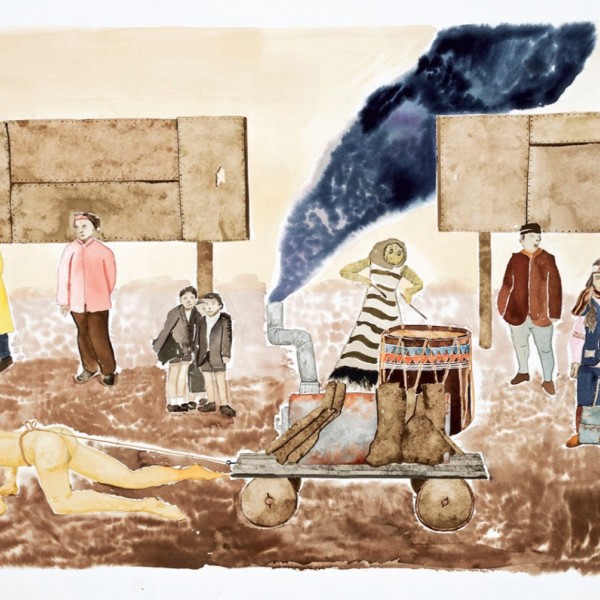
Joseph Tisiga
Joseph Tisiga’s multidisciplinary practice is at once enigmatic and forthright, fantastical and banal. In interviews, he has spoken of giving mythic shape to what might otherwise be too concretely described as the legacy of colonialism—the complex of psychological, social, economic and cultural challenges facing Indigenous people today. He has also said that his work is underlain by a kind of “sublime nothingness” that stems from his experience of Whitehorse, the place he moved to in his youth and where he is still based. “It’s the core of banality, for me,” he told Momus in 2016, “the way it’s been represented by, say, Samuel Beckett.”
-

Promise, Nathan Englander
Larry exhibits obsessive-compulsive behaviour. When he was a young man, its manifestations were more prevalent, the urges to follow the inclinations directed by this disorder more compelling. Now he is a mature adult, the expressions of the disorder have receded, are in check. My obsession—of a milder, readerly sort—is with the author of the book kaddish.com, which houses the character Larry. It’s Nathan Englander and it’s this book and the others by the same author.
-

The City of Mything Persons
The fiction connected to a myth is what makes it true. The myth attached to the Winnipeg Film Group (WFG) is that it is a magical place inside a freezing and isolated city that produces eccentric filmmakers and unique films.
-
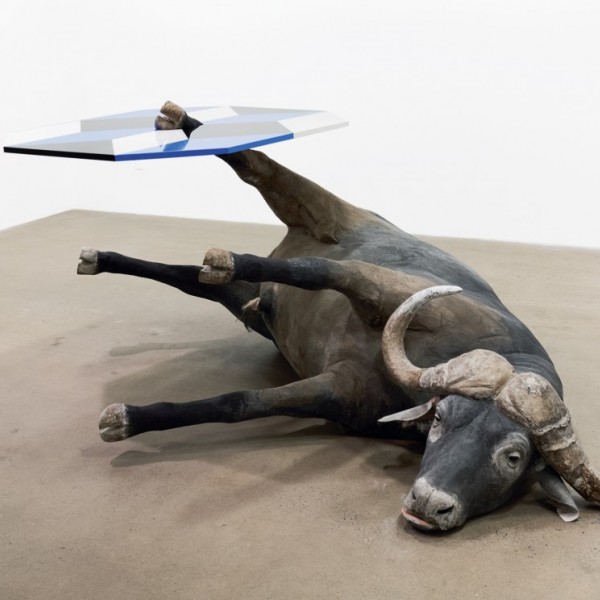
The Touching Art
-

A Streetcar Named Conspire
The Winnipeg General Strike, the events that provoked it and the developments that followed from it have become the source of what Winnipeg artist and filmmaker Noam Gonick calls “my enduring fascination.” The emblem of his ongoing engagement, a 32-foot-long public sculpture of a streetcar, commissioned by the Winnipeg Arts Council, will be unveiled on June 21.
-

A Woman of Many Parts
Caroline Monnet is sitting under a tree in Central Park in New York. It is the day before the artist’s opening of the 79th Whitney Biennial. The Montreal-based artist of Algonquin and French descent will show one video, Mobilize, in the main exhibition, and two more in the film complement of the exhibition that opens in September.
Haven’t found what you're looking for? Explore our index for material not available online.

